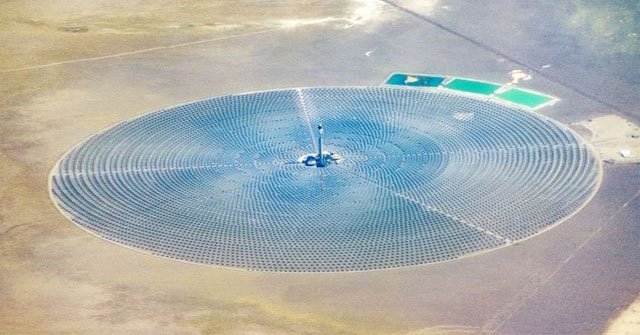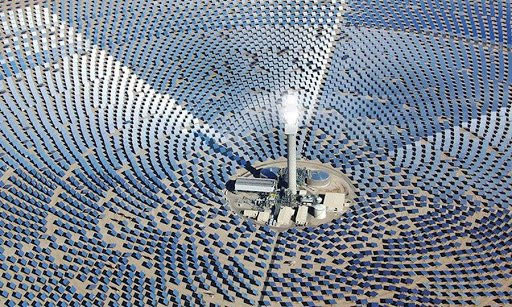Why have CSP plants failed?
Recently, the National Renewable Energy Laboratory (NREL) has published a new report detailing the plant's strengths and weaknesses' using convergence technology. solar energy '(CSP). The main objective of this report is to publish specific feedback on existing solar projects to create a list of best-practice solutions and make recommendations for the future. .

According to NREL's report, this is called "A practical solution for a plant project using solar convergence technology". This report of NREL has just identified the problems that factories are facing and offers potential solutions to approach and solve these problems. Moreover, the report also covers specific issues of the converged solar power project as well as general issues of large-scale plant construction. And the specific design issues of CSP plants are also highlighted in this report.
The report shows that CSP plants use parabolic troughs using solar collectors to boil water as well as produce steam, similar to a coal power plant or even a nuclear power plant. But, there is a middle stage in this process, called heat transfer (HTF), which uses a liquid environment such as oil or liquid metal to bring heat from the collection area to the turbine.

However, these systems contain many defects. Firstly, during operation, it generates extremely large heat and can be dangerous to heat transfer. The waste hydrogen generated by these processes is also a headache for researchers. For these reasons, designers have also located and accepted higher transportation costs to place these factories in rural areas with lots of vacant land.
The new CSP plants are designed in a pyramid shape, in which the mirrors to collect solar energy directly into a central reservoir are usually made of molten salt. These plants take a very long time to test its temperature as well as its ability to leak energy. However, these molten salt plants have not yet reached the standards of the above factors. Through performance measurement, it is also shown that these plants cannot provide enough for the needs of local people using this electricity network.
The report also stated that the cost to build, operate and maintain these plants also exceeded their planned budget. Moreover, NREL also said that the warranty also requires a team of professional engineers to understand the system as well as be on time in the field when the system has a problem. Therefore, this also entails many costs incurred.
Moreover, according to a 2016 E&E News report, within the first 18 months of operation, the Cresent Dunes solar facility in Tonopah, Nevada, biologists said that hundreds of birds had died in flight. across this factory. Therefore, it caused a wave of negative reactions about the operation of CSP plants.
Through the above report, it is easy to see that the disadvantages of large-scale solar project plants outweigh its advantages. Therefore, it led to a series of failures of the above plants although it was considered advanced and modern. To overcome these weaknesses, it requires a qualified workforce to manage the project as well as overcome its gaps. But, this has always been difficult for NREL.
- Video: SpaceX's failed ground-boosters
- OneCare failed before ... virus
- Boeing launched the first spacecraft failed
- The project turns trees into multi-purpose biological sensors
- Invasions failed in world history
- Trees also behave like people
- 80,000 species of plants on Earth are about to become extinct
- There is no brain but plants are smarter than we think
- How is 'that' in plants?
- Extremely hidden carnivorous plants
- 'Discover healthy indoor plants
- These are plants that NASA recommends growing indoors
 'Fine laughs' - Scary and painful torture in ancient times
'Fine laughs' - Scary and painful torture in ancient times The sequence of numbers 142857 of the Egyptian pyramids is known as the strangest number in the world - Why?
The sequence of numbers 142857 of the Egyptian pyramids is known as the strangest number in the world - Why? History of the iron
History of the iron What is alum?
What is alum?